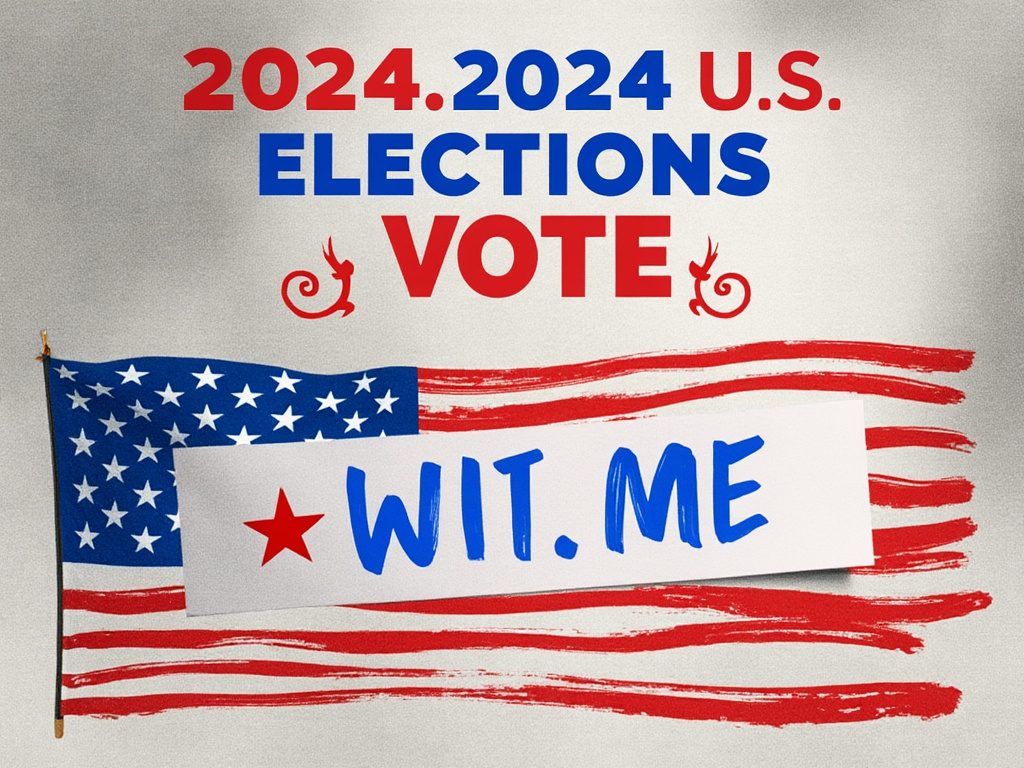As the 2024 United States presidential election approaches its final days, the nation finds itself captivated by a race that exemplifies the unpredictability and dynamism of American politics. With polls providing mixed signals, the contest between Vice President Kamala Harris and former President Donald Trump remains one of the closest in recent memory, reflecting deep divisions and widespread voter uncertainty.
The Latest Polls: A Mixed Bag
Recent polls have painted a diverse picture of voter sentiment across key battleground states:
- Michigan: Marist College’s poll indicates a 3-point lead for Kamala Harris, suggesting a potential hold on this crucial Great Lakes state.
- Pennsylvania: The Keystone State has seen contradictory results. While Marist shows Harris leading by 2 points, an Echelon Insights survey gives Trump a 5-point advantage, highlighting the fluctuating voter preferences.
- Wisconsin: Harris maintains a slim 2-point lead according to Marist, indicating another tight race in a state that has become increasingly pivotal.
- Georgia: CNN/SSRS polling gives Trump a narrow 1-point lead, a testament to the state’s transformation into a battleground territory.
These polls, while varied, collectively nudge the race in a direction slightly favoring Trump, according to current models. The forecast model from FiveThirtyEight now gives Trump a 53 out of 100 chance of winning, with Kamala Harris at 47 out of 100. However, given the margin of error in polling, these figures suggest a contest too close to call definitively.
Analysis: Beyond the Numbers
- Voter Sentiment: The mixed polling data underscores the volatile nature of the electorate. Economic conditions, incumbency, and state-specific issues like abortion rights in Pennsylvania or voter turnout efforts in Georgia play significant roles.
- Historical Context: Trump’s previous electoral success in 2016 and 2020, where he outperformed many polls, adds a layer of caution to any prediction. There’s an 84-in-100 chance that Trump could win at least one state he didn’t secure in 2020, reflecting potential shifts in voter preference or polling inaccuracies.
- Campaign Dynamics: Both campaigns have intensified their efforts on the ground, with Harris focusing on energizing urban and suburban voters, particularly women and minorities, while Trump banks on rallying his base with promises of economic revival and tougher immigration policies.
- The Role of Third Parties: Although not as prominently featured in this election cycle, third-party candidates could still sway votes in key states, potentially tipping the scales in closely contested races.
Predictions and Probabilities
While forecasts provide a probabilistic view, they are not infallible:
- Electoral College Math: The path to the White House involves securing 270 electoral votes. Given the current polling data, battleground states like Arizona, Nevada, and North Carolina could be decisive.
- Voter Turnout: The enthusiasm gap, early voting numbers, and Election Day turnout will be critical. High turnout traditionally favors Democrats, but Trump’s appeal to his base could counteract this if his supporters turn out in force.
- Economic Factors: With the economy showing signs of recovery but still facing challenges, voters’ economic concerns could significantly influence last-minute decisions.
Conclusion
The 2024 presidential election is shaping up to be a nail-biter, where every vote counts, and the outcome might not be clear until the very last ballot is counted. The race’s closeness underscores the importance of voter engagement and the unpredictability of American electoral politics. As Election Day approaches, both candidates are in a frantic push to solidify their bases and convince the undecided, knowing well that this might just be another election where the polls miss the mark, and the real victor emerges only after the votes are tallied.
This election cycle will likely be remembered not just for its outcome, but for how it captured the essence of American democracy — where every voice has the power to shape the future.



